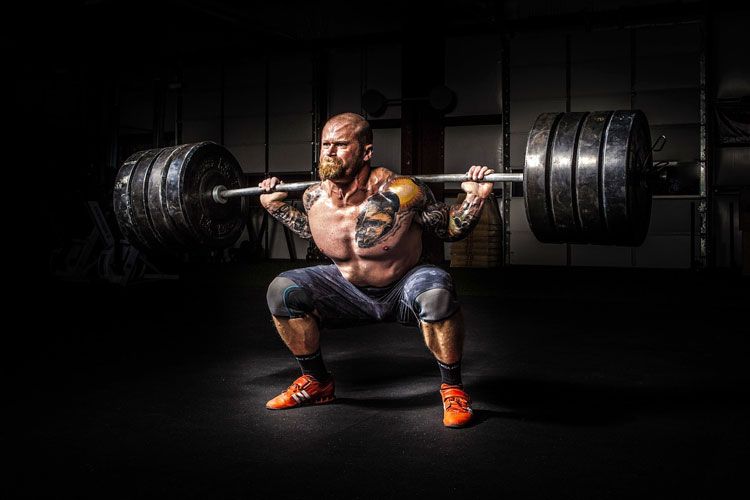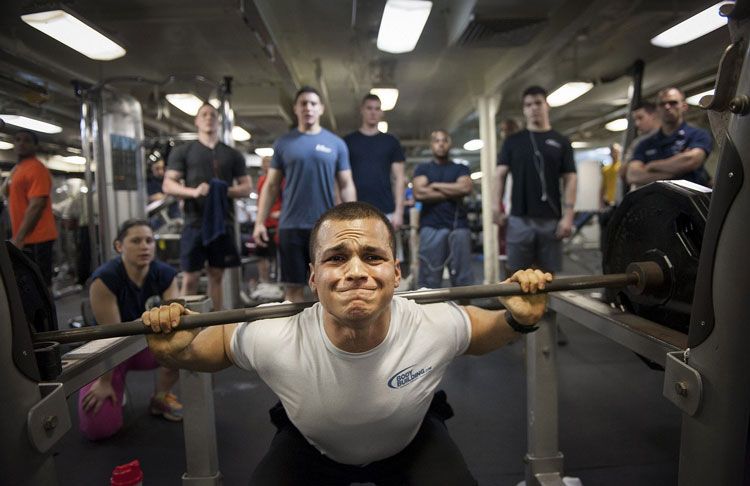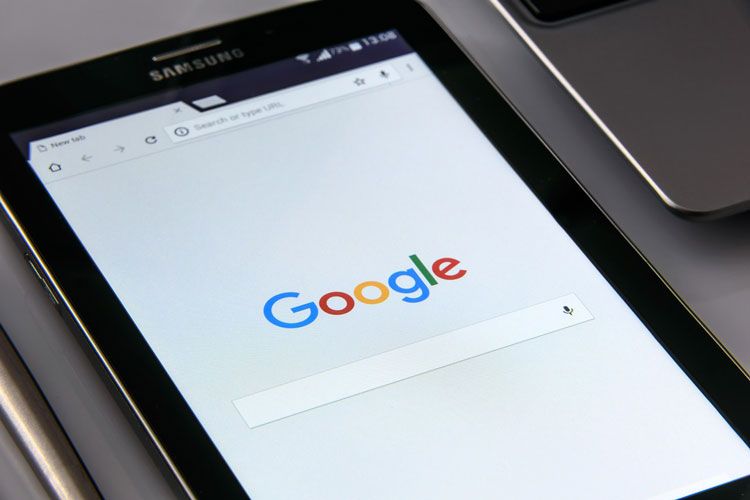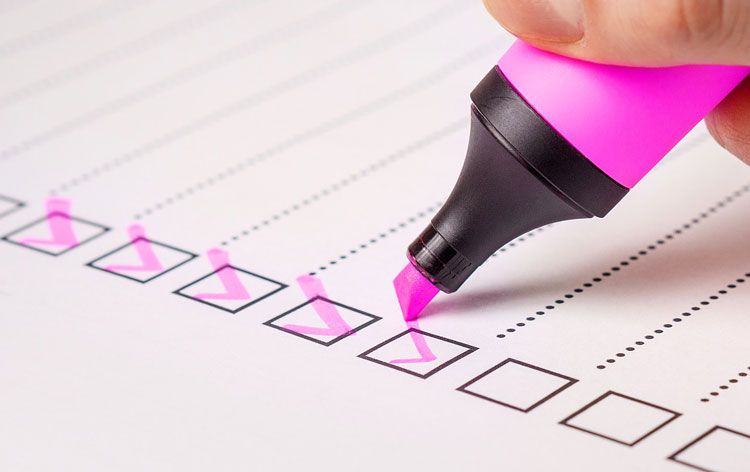Optimizing images for your WordPress: What to do before uploading them.

Image optimization is something to keep in mind today: a site with well-optimized images translates into a website that loads faster. Therefore, in addition to offer a better user experience to your visitors, is awarded by Google (as far as positioning is concerned) since this search engine takes this factor into account.
In this post I will try to show you how you can optimize your images before uploading them to your WordPress.
To do this, we will use our favorite image editor. If you don't have one, you can find free alternatives, both desktop and open source as well as GIMP or online as Photopea.
NOTE: If you don't know how to use an image editor or would like to learn a little more about its use, soon we will have an image management and editing course available for for WordPress users. Stay alert through our newsletter!????
Contents
- 1 But... What is a poorly optimized image?
- 2 Do you really need to optimize them?
- 3 Benefits of optimizing images in WordPress for the visitor or user.
- 4 Benefits of optimizing images in WordPress for the website administrator.
- 5 What to take into account when optimizing an image.
- 6 Need help optimizing your images?
But... What is a poorly optimized image?

Before we get into image optimization itself, we must know what we mean.
Simply put, a poorly optimized image is a "heavy" image and the "weight" of an image is measured in kB (kilobytes) and its multiples.
A kB (kilobyte) is a measure of information storage, therefore an image that "weighs" 100 kB It is equivalent to occupying that amount of data storage space on your web page.
I have used quotation marks for everything related to "weight" because, even though this is the most common term to describe it, it is not a real weight, in the same way as when we talk about "uploading" something to the Internet or "downloading" it. , we really do not do any of it, since the Internet is not on top of anything, is it?
What a mess right?
This "weight" can be due to different factors, among them, although not the only one, image size (in pixels for example), although it can also be due to hidden information, of the metadata type (creation date, author, camera used, etc.) that many images contain.
Do you really need to optimize them?
The answer is yes. Optimizing the images in your WordPress provides a multitude of benefits, both at the user and administrator level of the site.
Benefits of optimizing images in WordPress for the visitor or user.

If the images displayed on the website you visit have a correct weight, will speed up the load of it, making the more fluid and comfortable navigation. In addition, if the user visits our page using their mobile phone making use of their "megs" they will thank you, since data consumption will be lower.
In summary: If an image "weighs" little, the user will take less time to download it and be able to view it, in addition to saving on consumption.
Benefits of optimizing images in WordPress for the website administrator.

At the administrator level, our images will consume less server resources (disk space, RAM, etc.), so we can make better use of the hosting space that we have contracted and therefore save money.
In addition, we have commented that Google rewards web pages that load faster. If the images on your site are optimized, it will rank better in search results. Which is cool, don't you think?
What to take into account when optimizing an image.

The size if it matters.
Ask yourself this question: Why do you want an image larger than the one that is going to be displayed? Using a larger image will only slow down the loading speed and take up more space.
One of the easiest ways to find out the maximum size your image will be displayed at is by resizing the browser window and using the element inspector. Normally the maximum size of an image is usually shown on the tablet or desktop version.
When we do a photograph with our mobile phone or digital camera usually It keeps it for us in an excessively large size for use on a website, weighing in many cases several MB (megabyte). And that, believe me, is a lot.
Edit the images before uploading them to your WordPress.
My recommendation is that you edit it, always before uploading it, in your preferred editor and that you save it in JPG format and with a sufficient quality so that it looks good, but with the minimum weight.
It will take you a couple of minutes and the benefit in the short, medium and long term of this simple task is great.
Change the name of the images, but always before uploading them.
DSC06765.JPG doesn't quite describe what's pictured, for sure.
If the image shows, for example, a red chair, how about using red-chair.jpg? I'm sure Google understands it much better.
But never change the name of an image after uploading it to your WordPress, as this could cause it not to show where it used to. Always before uploading it.
This will not improve the weight of your image, but it will make it much more accessible, which also counts and a lot!
Compress more if you can.
And if after doing what I'm telling you about, you still think it's too heavy, you can use an online tool to compress it a bit more. I personally recommend tinyJPG. Try it, it's free.
Need help optimizing your images?
Contact ussure we can offer you a solution to your optimization problems of pictures.
¡Subscribe to our newsletter and receive our offers, news and discounts directly to your email!









